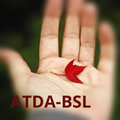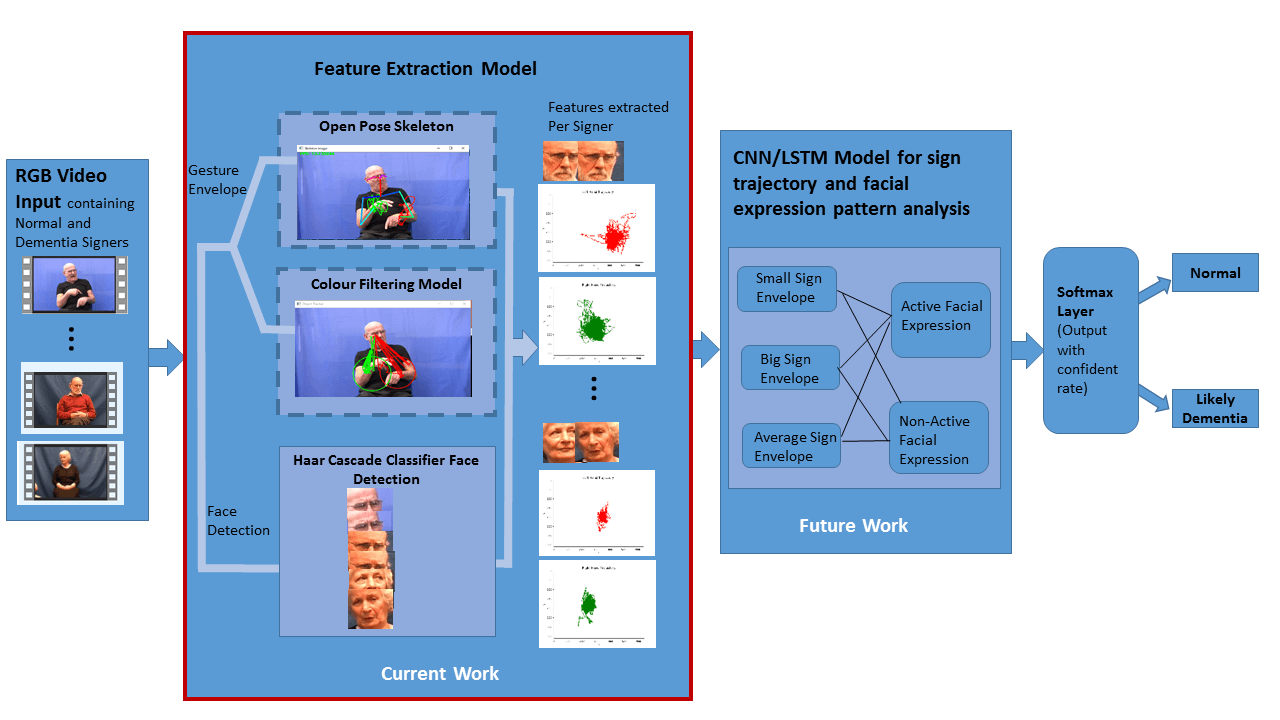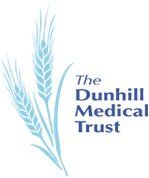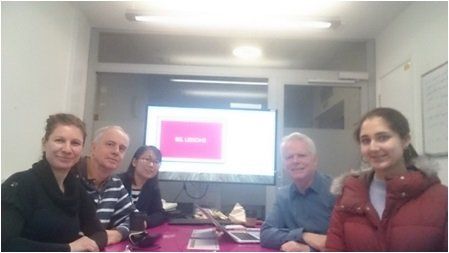BSL Class for Computer Science Researchers
On 12th November 2018 and for 5 consecutive weeks, 11am -1pm at UCL
In order to have a better understanding of BSL, our research team members attended an intensive course of six classes in BSL for computer science researchers at UCL. At the end of the course we were able to :
- Understand narrations of simple information presented in BSL
- Engage in simple conversations with Deaf People






